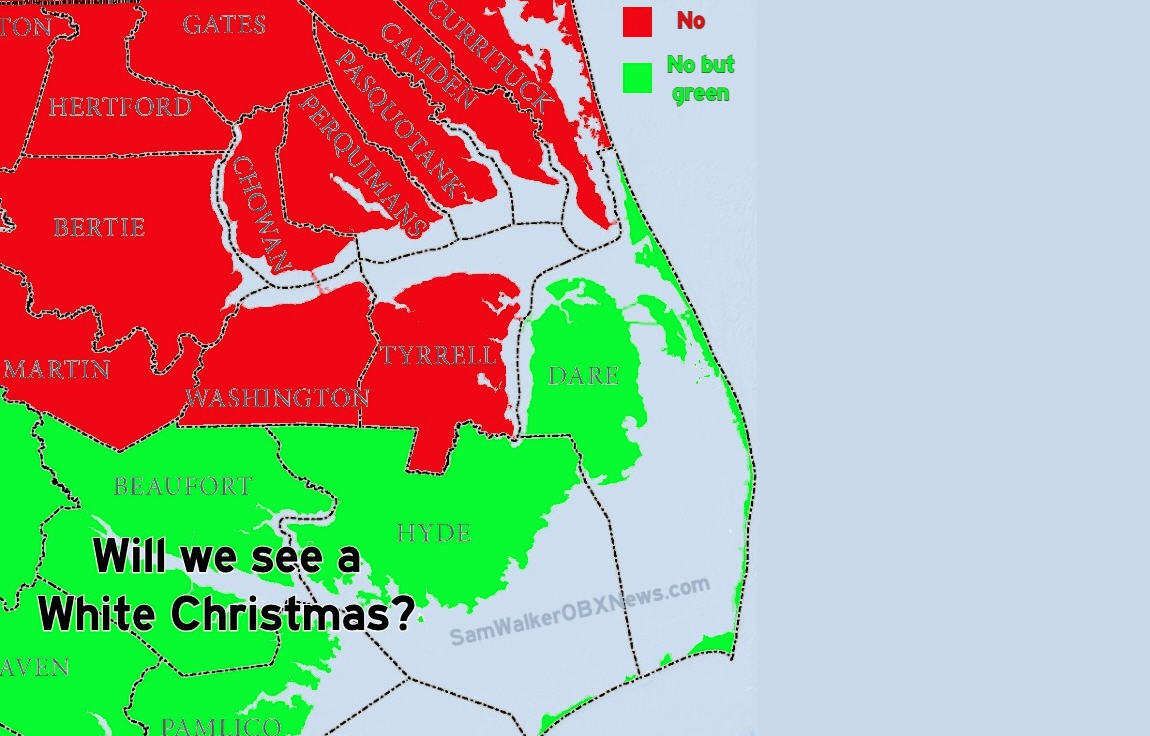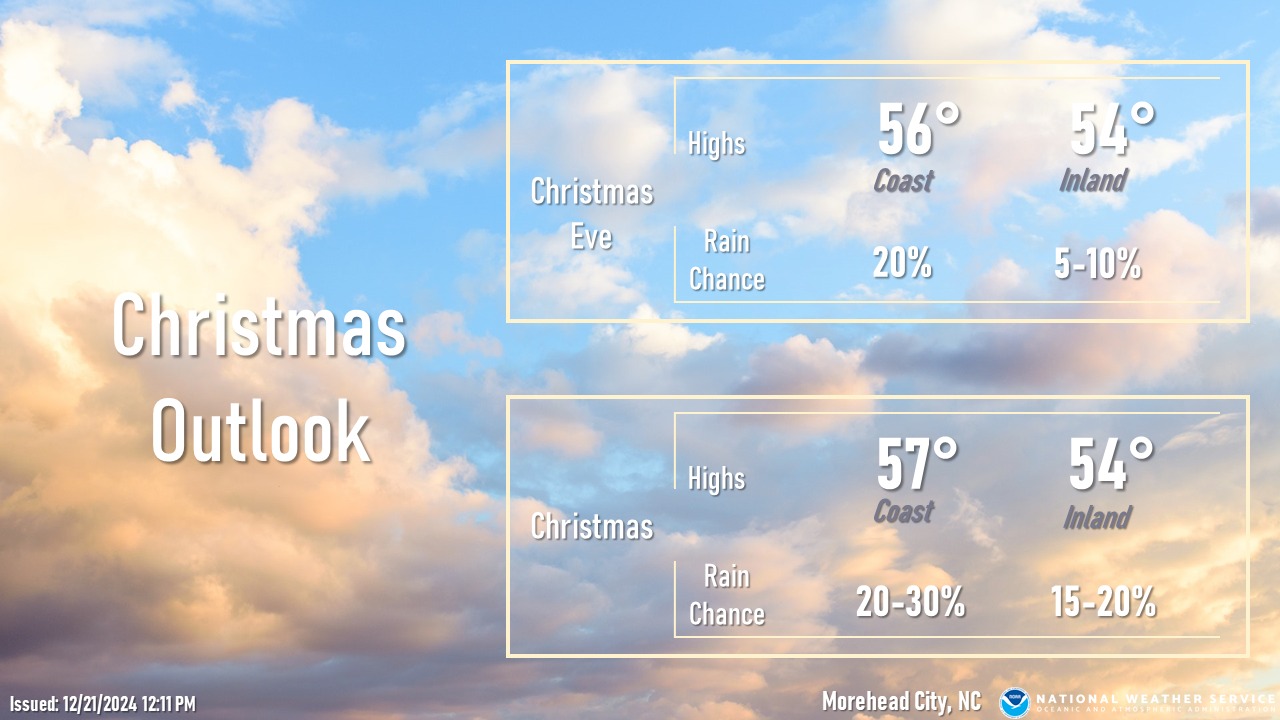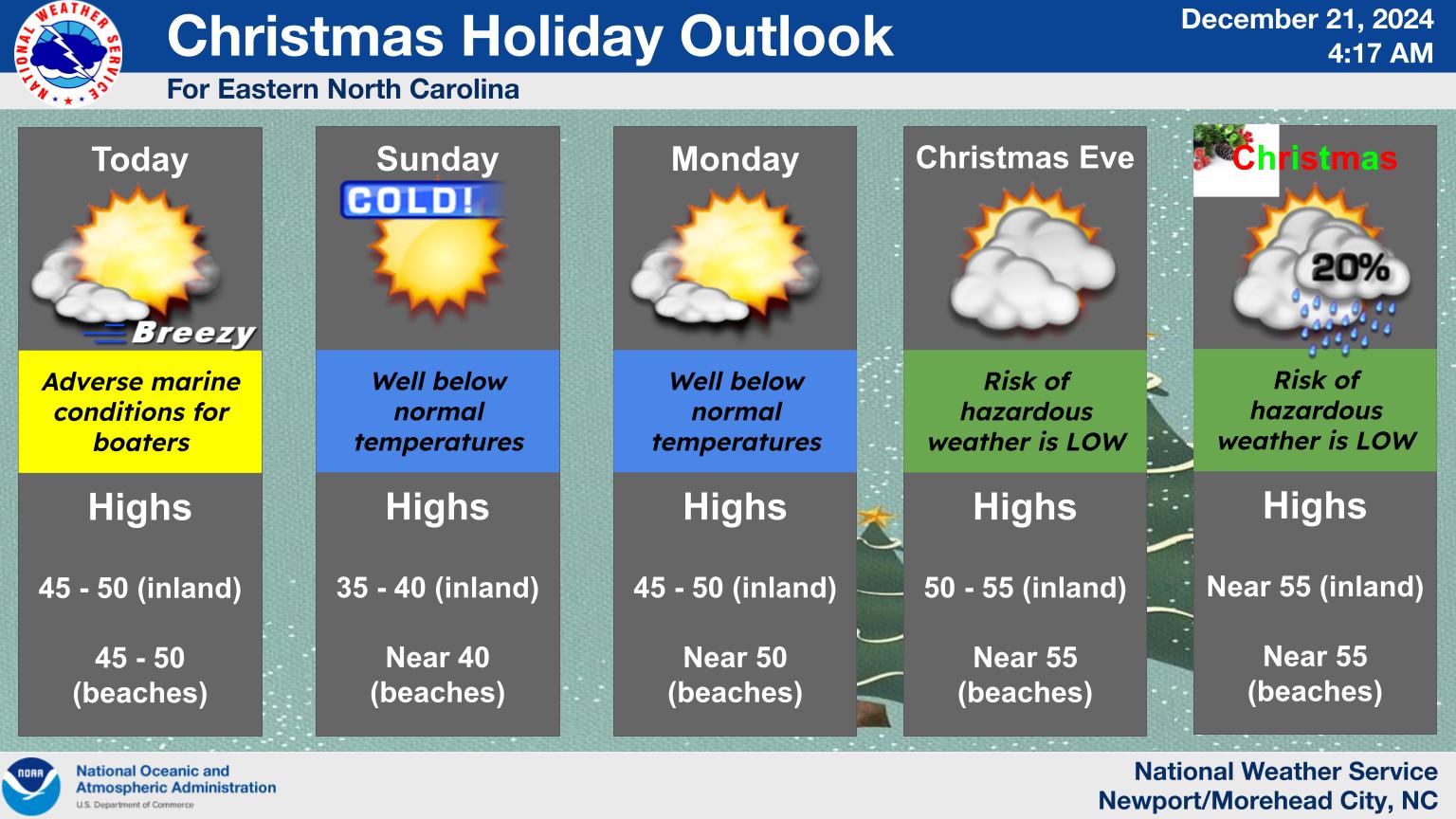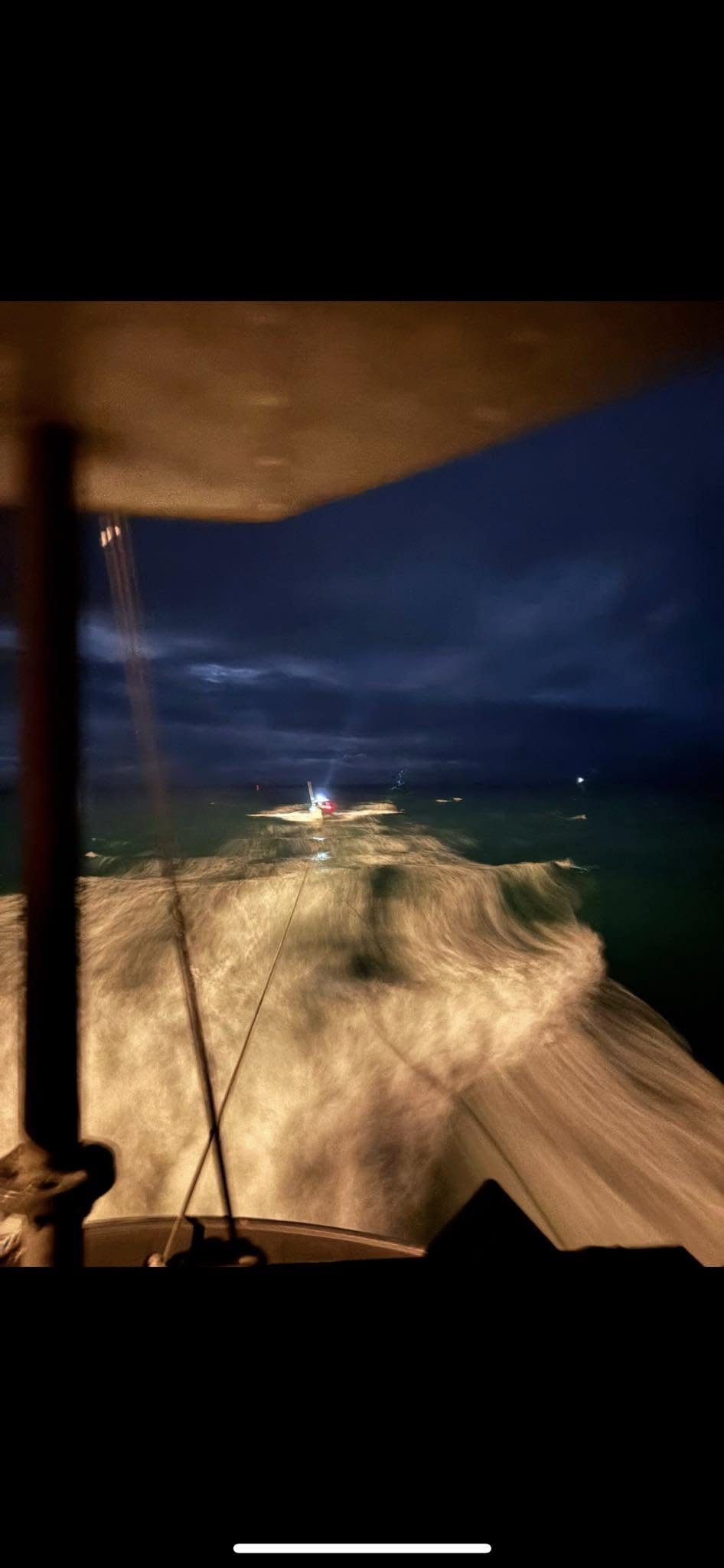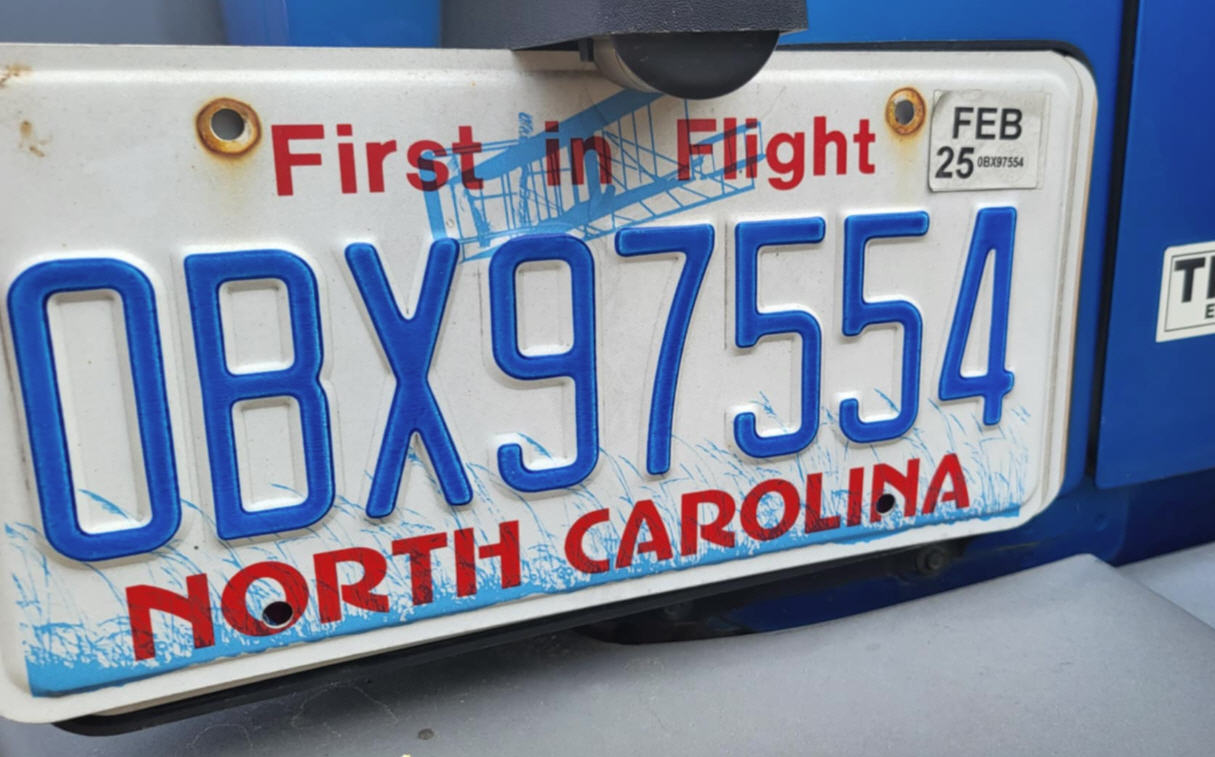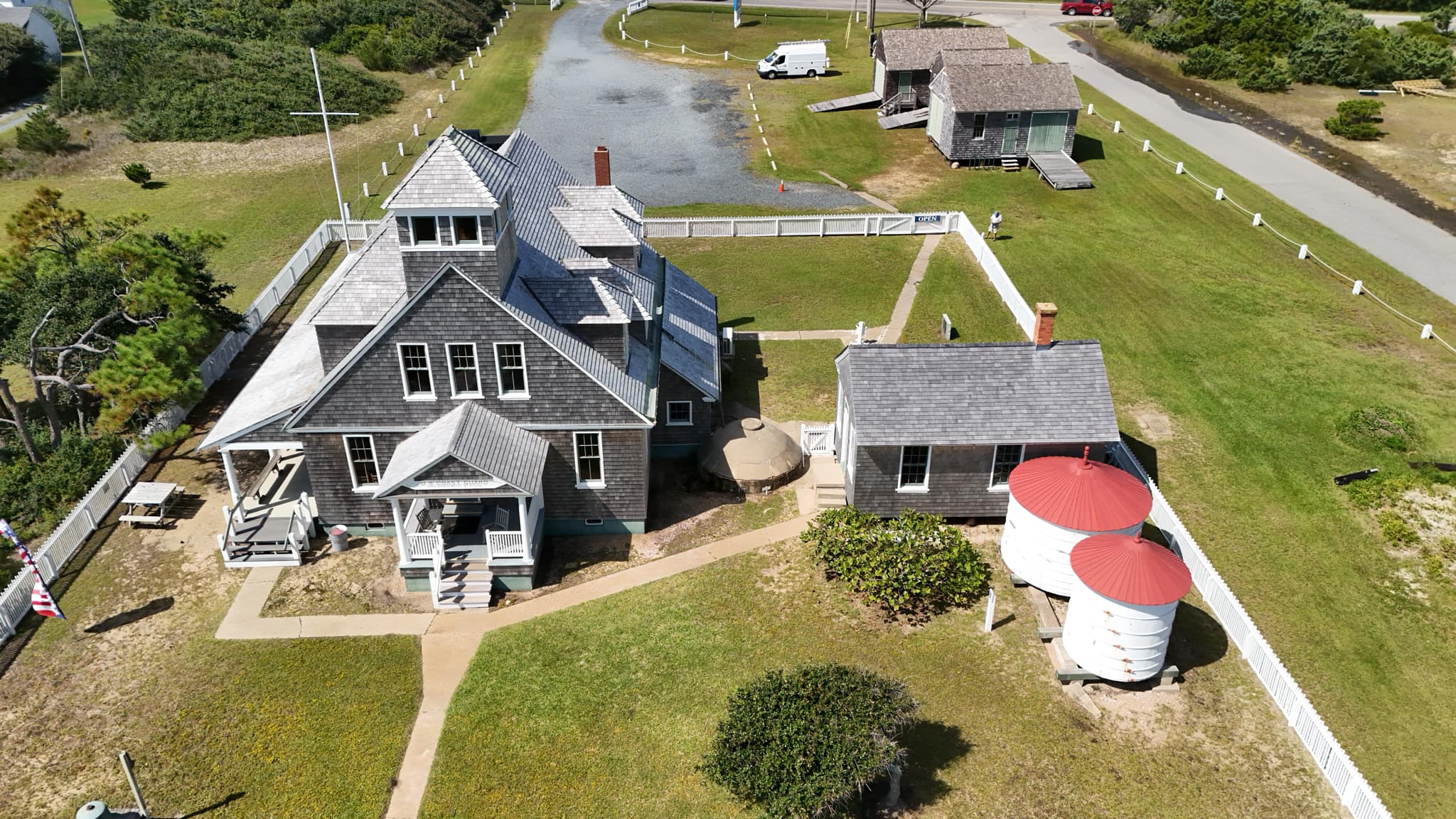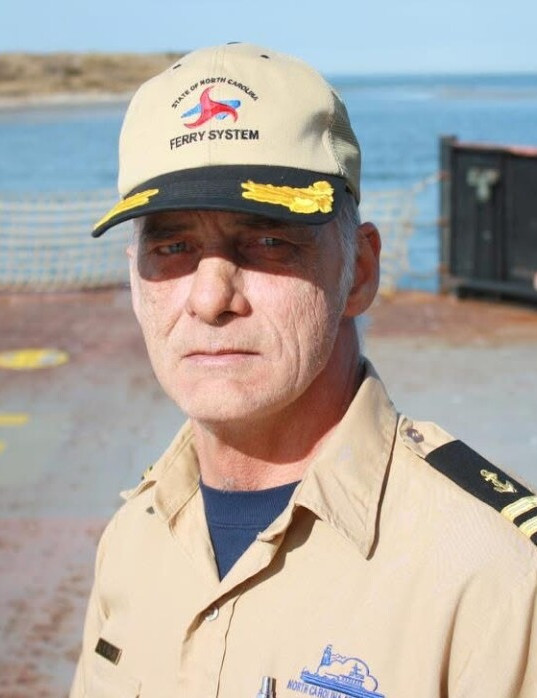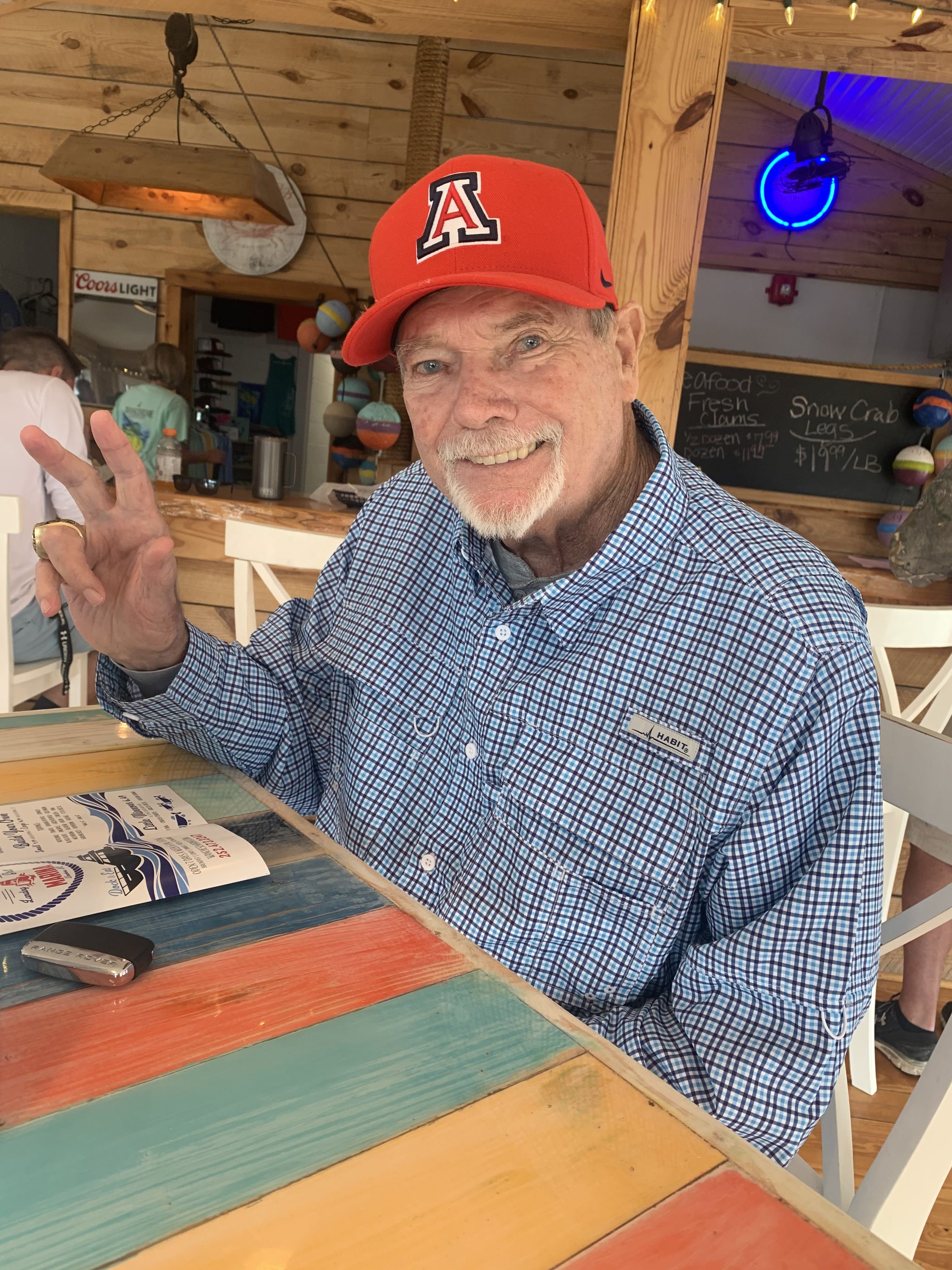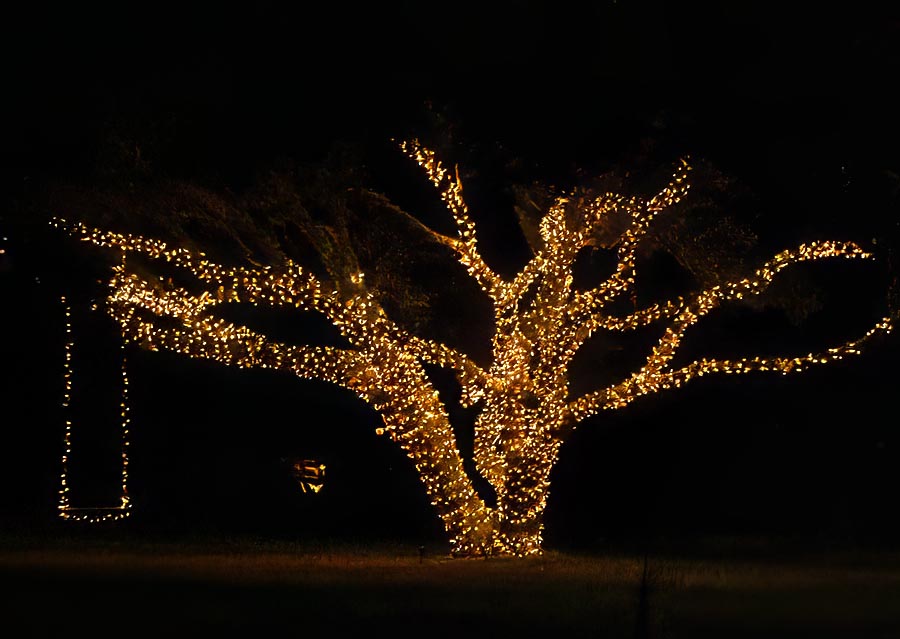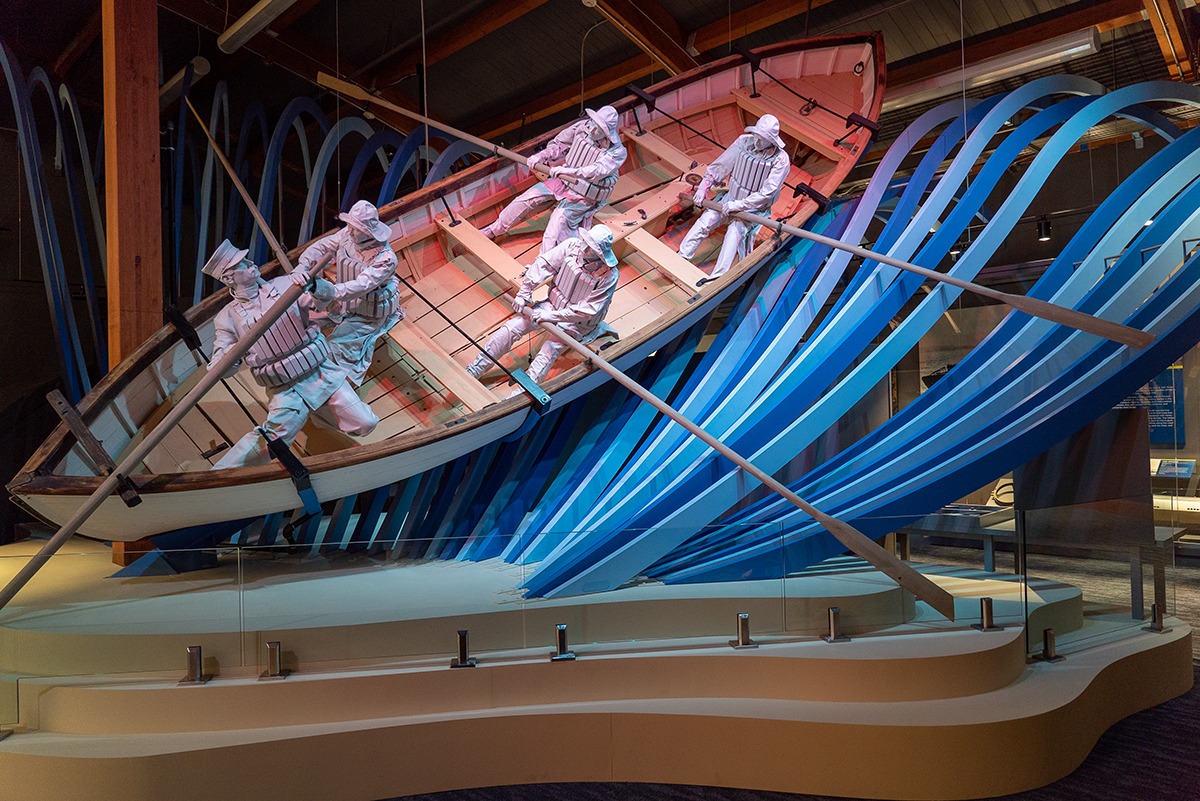Dumpster Diving on Ocracoke: Reusing and Recycling
Reaching into the dumpster, I lift out a half-full can of mauve paint, just the right color for my bedroom door. Next I find a set of exercise weights, still in the box with instructions. While I don’t want them myself, I am sure I can find someone who does, so I chuck them into my bicycle basket. Over at the metal debris dumpster I see someone pull out a perfectly good folding bed frame. “Looks like we both scored!” I call out.
As part of my daily bicycle errand run through Ocracoke Village, I often swing by the Ocracoke Dump, more correctly known as the Hyde County Solid Waste Convenience Site, Ocracoke. Sometimes I deposit a bag of trash or recyclables, but often I just come to see what people have brought in — if there is something I or someone else can use. I often meet others who are doing the same.
In 2005, I wrote a story called “The Ocracoke Mini-Mall: Reusing and Recycling,” referring to the facility known as “the Dump.” It was a place where folks could set aside things others might want, so that they were reused instead of deposited in a landfill. I refurbished my house with wood and other items found at the dump after Hurricane Alex left it unlivable.
William Nathan Spencer, who oversaw the facility at the time, was pleased to see people take items away. He said that “It’s downright shameful to throw so much good stuff away.”
It is indeed shameful to send so much material to be buried in landfills. Producing the materials that become garbage takes a huge toll on forests, waterways, and other natural resources, according to the Natural Resources Defense Council. Americans generate trash at a rate of 4.6 pounds per day per person, almost twice as much as in other countries. That amounts to 251 million tons per year. Some gets burned or recovered, and about 32 percent gets recycled, but 55 percent ends up in landfills.
John Steinbeck, in his 1962 book ‘Travels with Charlie,” wrote that “the mountains of things we throw away are much greater than the things we use…I do wonder whether there will come a time when we can no longer afford our wastefulness.”
Our wastefulness has grown worse since 1962. Back then, if your refrigerator or radio broke, you called a repairman. Today you toss it in a dumpster and buy another one. Trash production in this country has almost tripled since Steinbeck wrote his book, and the amount of trash deposited in landfills has doubled. The trash is buried but not broken down, and landfills must be monitored and maintained for up to 30 years.
In old times, Ocracokers burned their paper and wood trash in their yards.
“Cans and bottles,” recalled Nathan Spencer, “were dumped behind the two-seater Johnny houses. The floodwaters from hurricanes periodically cleaned them up.”
Recycle and reuse were important concepts then, and the beach was the main place to find things, especially after a big storm or shipwreck. Everything from lumber to toys to baseball caps might be scavenged, and Ocracoke old-timer Maurice Ballance remembered when his father and other islanders loaded their boats with bananas after a cargo boat carrying the fruit north ran aground.
Calvin Burrus was the first garbage man. He went to people’s homes and, assisted by Joseph Gaskill, picked up their trash for $5 a month. The garbage was deposited in one of several dumps on the island. Owen Gaskill took over the job next. His wife Della wrote about it in her book, “A Blessed Life; Growing up on Ocracoke Island.”
“He (Owen) did the garbage from 1969 to 1988. No garbage bags were used. He wore knee-high boots to work in the dirty garbage.”
Later he, with the help of his son Monroe, began working for Junius Jennette, taking the garbage to Buxton. Then Dare County took over trash collection, and he worked for that county until he retired. Monroe continued on for a number of years, driving garbage trucks along with Dan Garrish and Ikey O’Neal.
The facility we call The Dump evolved slowly. It was started by Wayne Teeter when he was county commissioner, and William Nathan became the overseer. At first there was just a trailer for people to throw their trash in, but Hurricane Dennis caused so much damage that the county had to bring in large containers. The chipper, purchased to recycle the enormous number of trees downed in hurricanes, paid for itself in six months, according to William Nathan.
There have been a lot of changes in recent years. William Nathan retired at the end of 2013, after 15 years of overseeing the facility. The site has been modernized, with different bins for tires and household, limb, construction, and metal debris. It is now micro-managed from Swan Quarter, where James Blount is the Solid Waste Superintendant. Three Hyde County employees work at the Ocracoke site. They are head site attendant Kevin Pfeuffer, site attendant Mathew Parsons, and site assistant Josh Smith.
Branches and tree limbs are still chipped on Wednesdays, but today the attendants bring the chipper to island homes and businesses and chip on site. The chips are available free of charge for use in gardens, etc.
The biggest change is in the recycling program. A practice known as co-mingling is used, in which all glass, plastic, metal, and paper are deposited in the same bin. (Corrugated cardboard goes into a separate roll-off compactor.) Some people have wondered if these recyclables are actually being recycled, so Blount produced photographs of the facility in Greenville where they are sorted, showing the materials before and after sorting, and going down chutes. According to Blount, “North Carolina recorded the lowest per-capita rate for solid waste disposal in 2013 since measurement began in 1991.” This continues a steady downward trend in disposal since 2006. This is a good indicator that more materials are being recycled instead of going into landfills.
Out of the 100 counties in North Carolina, Hyde ranked 22nd in Total Public Recycling Per Capita Recovery and 29th in “Common Household Per Capita Recovery.”
In the words of Scott Mouw, recycling program director at the Division of Environment Assistance and Customer Service, “The business of recycling is an increasingly dynamic contributor to the North Carolina economy, and public recycling programs serve as critical links in the supply chain delivering materials to industry.”
Ocracoke has done its share in contributing, having recycled 114.46 tons of commingled recyclables and 62,220 tons of cardboard. The trash that is not recycled or reclaimed is taken to a landfill in Bertie County.
In spite of the recycling and dumpster-diving, a great number of reusable items get deposited in the landfill. Ocracoke has a great little non-profit thrift shop, next to the Ocracoke Coffee Company on the Back Road, where many of these items could be donated. Not only would this keep them out of the landfill, it would benefit Ocracoke’s youth program and the people who love to find a bargain there. Please, however, do not drop off items when the shop is closed and without checking with one of the volunteers inside.
Whether you are dropping off trash or recycling or doing a little free shopping, the Ocracoke Dump is an interesting, lively place where you are likely to meet a friend or a friendly stranger.
Whatever you are there for, please try to keep it out of the landfill!


